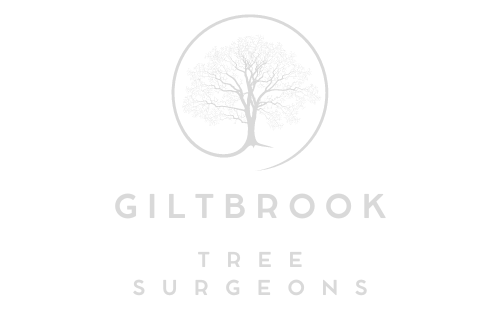Mastering the Art: Understanding Tree Growth Patterns for Effective Trimming
Introduction: Tree trimming is both an art and a science. To achieve optimal results, it’s crucial to understand the unique growth patterns of trees and how they respond to trimming. At Giltbrook Tree Surgeons, we recognise the importance of this knowledge and its role in promoting trees’ health, beauty, and longevity. This blog post will delve into the fascinating world of tree growth patterns and provide insights into effective trimming techniques.
1. Vertical Growth vs. Lateral Growth
Trees exhibit two primary types of growth: vertical and lateral. Vertical growth occurs at the tips of branches and stems, increasing upward expansion and height. Lateral growth, on the other hand, occurs along the sides of branches and stems, resulting in the widening and branching out of the tree’s canopy.
Understanding vertical and lateral growth balance is essential for effective tree trimming. While some vertical growth is necessary for upward development, excessive vertical growth can lead to imbalanced canopies and weak branch structures. Trimming techniques should promote a healthy balance between vertical and lateral growth to ensure structural integrity and aesthetic appeal.
2. Apical Dominance
Apical dominance refers to the tendency of trees to allocate more energy and resources to the growth of their central or apical buds, often at the expense of lateral branches. This natural growth pattern helps trees reach for sunlight and compete for resources in forest environments.
When trimming trees, it’s important to consider the effects of apical dominance and how it influences branching patterns. Strategic pruning cuts can help redirect growth away from dominant central leaders and encourage the development of lateral branches, resulting in a fuller and more balanced canopy.
3. Branch Collar and Branch Bark Ridge
The branch collar and branch bark ridge are two important structural features of trees that play a significant role in tree trimming. The branch collar is a raised, collar-like area where a branch meets the trunk, while the branch bark ridge is a raised ridge of bark running along the top of the branch attachment.
Understanding the anatomy of the branch collar and branch bark ridge is essential for making proper pruning cuts. When trimming branches, cuts should be made just outside the branch collar and parallel to the branch bark ridge to promote rapid healing and minimise the risk of decay and disease.
4. Growth Rings and Seasonal Growth
Trees grow in annual cycles, with each year’s growth represented by a distinct layer of wood known as a growth ring. By examining growth rings, arborists can determine the age of a tree and assess its health and growth patterns over time.
Seasonal factors such as temperature, moisture, and daylight hours influence tree growth patterns and trimming timing. For example, trimming during the late winter or early spring dormant season minimises tree stress and promotes rapid healing of pruning wounds.
Conclusion: Understanding tree growth patterns is essential for effective tree trimming and maintenance. By recognising the balance between vertical and lateral growth, considering the effects of apical dominance, and making proper pruning cuts, arborists can promote trees’ health, beauty, and longevity.
Call us on: 0115 647 1194
Click here to find out more about Giltbrook Tree Surgeons
Click here to complete our contact form and see how we can help with your tree’s needs.

